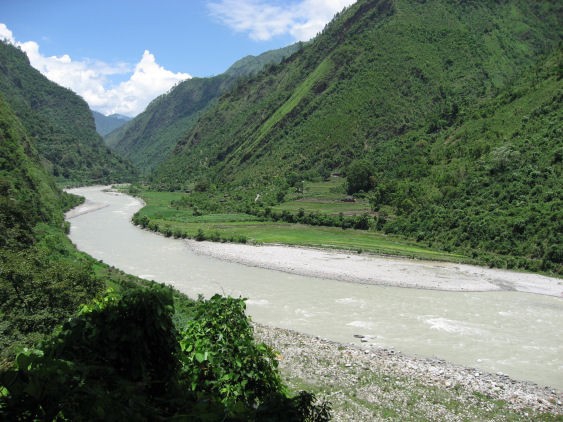Shared by China, India and Myanmar, the Brahmaputra-Salween landscape is at the junction of three global biodiversity hotspots, and between two important river systems, the Brahmaputra and the Salween.
The International Council for Integrated Mountain Development (ICIMOD) has been pushing for joint policies by all three countries for biodiversity conservation and sustainable development in this region. Its efforts have now led to the three governments finalizing a regional cooperation framework at a meeting held recently in the Myanmar capital Nay Pyi Taw.
The transboundary landscape includes parts of Namdapha National Park and Tiger Reserve in India, parts of northern forest complex and six townships of Kachin state and Sagaing region in Myanmar, and Gaoligongshan region in Yunnan, China.
Dong Qi, from the Bureau of International Cooperation at the Chinese Academy of Sciences, said at the meeting, “We look forward to working with Myanmar and India on transboundary biodiversity research and monitoring in the landscape.”
P.P. Dhyani, Director of India’s G.B. Pant Institute of Himalayan Environment and Development, pointed out that India is already collaborating with China, Nepal, and Bhutan in other transboundary landscapes such as Kailash and Kangchenjunga.
U Win Naing Thaw, Director of Nature and Wildlife Conservation Division at Myanmar’s Forest Department, was confident that the initiative would benefit people in all three countries by widening their livelihoods opportunities.
Eklabya Sharma, director of Programme Operations at ICIMOD, said, “As a regional knowledge centre, ICIMOD sees this cooperation as an opportunity to develop partnerships across boundaries for effective conservation and sustainable use of biodiversity and other resources for the benefit of people in the landscape and beyond.”

